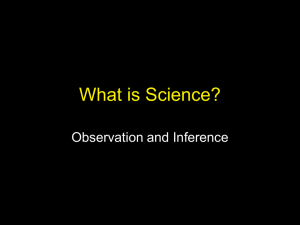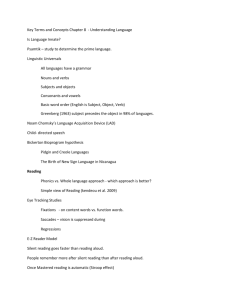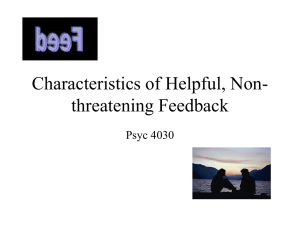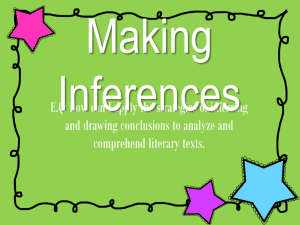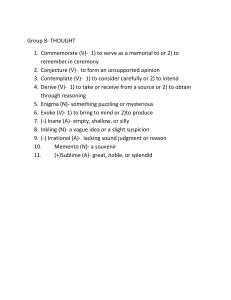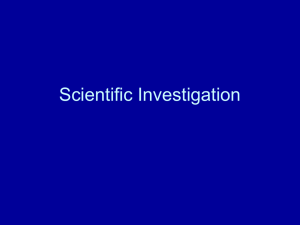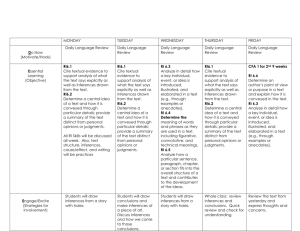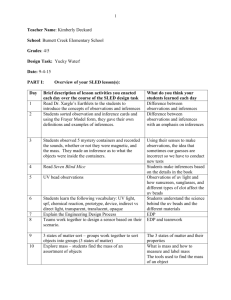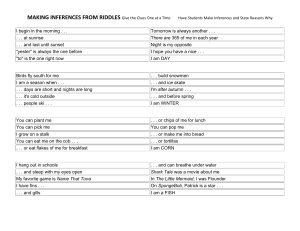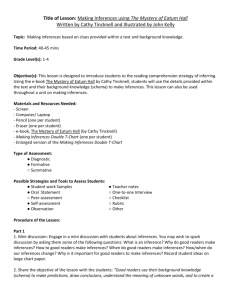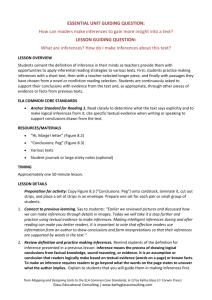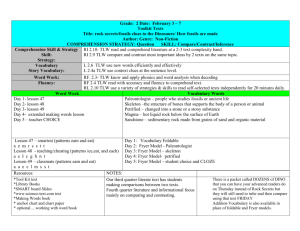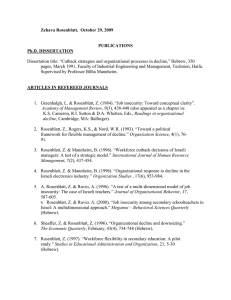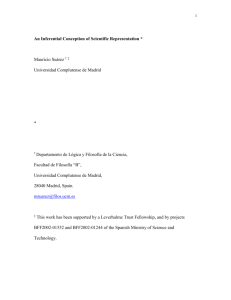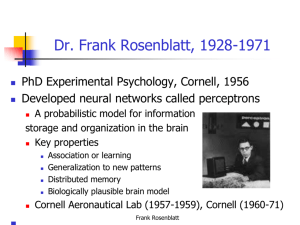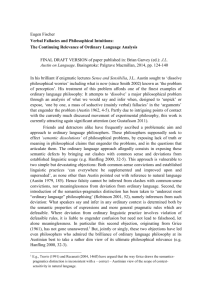Falling in Love with Close Reading
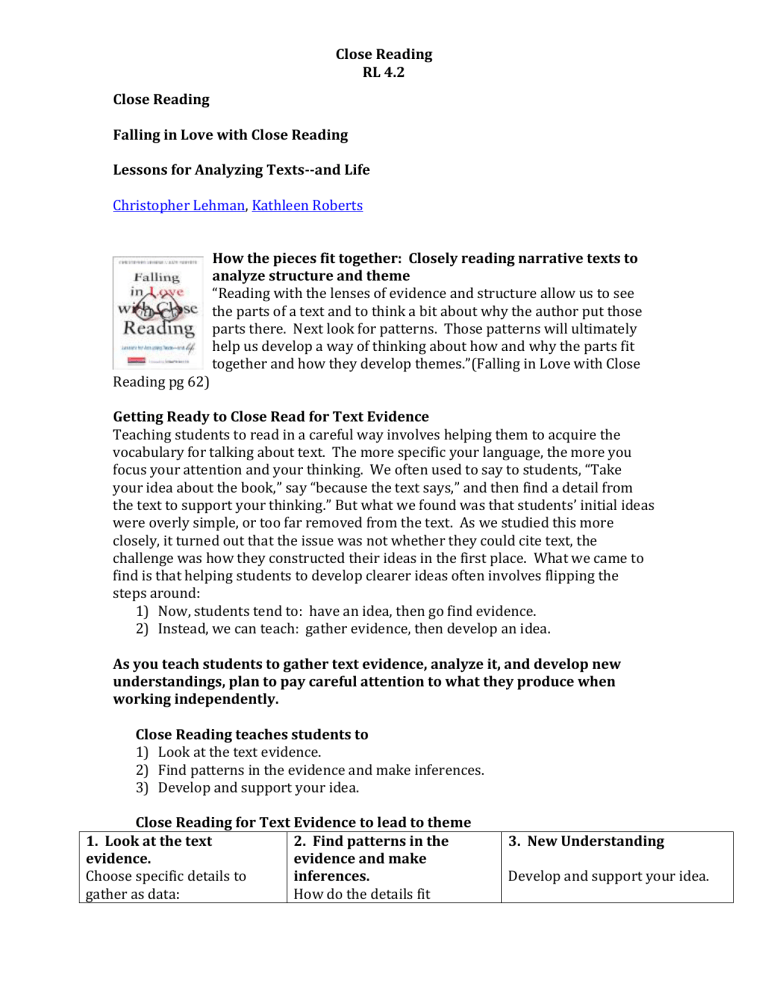
Close Reading
RL 4.2
Close Reading
Falling in Love with Close Reading
Lessons for Analyzing Texts--and Life
Christopher Lehman , Kathleen Roberts
How the pieces fit together: Closely reading narrative texts to analyze structure and theme
“Reading with the lenses of evidence and structure allow us to see the parts of a text and to think a bit about why the author put those parts there. Next look for patterns. Those patterns will ultimately help us develop a way of thinking about how and why the parts fit together and how they develop themes.”(Falling in Love with Close
Reading pg 62)
Getting Ready to Close Read for Text Evidence
Teaching students to read in a careful way involves helping them to acquire the vocabulary for talking about text. The more specific your language, the more you focus your attention and your thinking. We often used to say to students, “Take your idea about the book,” say “because the text says,” and then find a detail from the text to support your thinking.” But what we found was that students’ initial ideas were overly simple, or too far removed from the text. As we studied this more closely, it turned out that the issue was not whether they could cite text, the challenge was how they constructed their ideas in the first place. What we came to find is that helping students to develop clearer ideas often involves flipping the steps around:
1) Now, students tend to: have an idea, then go find evidence.
2) Instead, we can teach: gather evidence, then develop an idea.
As you teach students to gather text evidence, analyze it, and develop new understandings, plan to pay careful attention to what they produce when working independently.
Close Reading teaches students to
1) Look at the text evidence.
2) Find patterns in the evidence and make inferences.
3) Develop and support your idea.
Close Reading for Text Evidence to lead to theme
1. Look at the text evidence.
Choose specific details to gather as data:
2. Find patterns in the evidence and make inferences.
How do the details fit
3. New Understanding
Develop and support your idea.
Close Reading
RL 4.2 together?
How has your thinking about this changed as you read this text?
What evidence was important for helping to define your thinking?
How does this evidence support themes in the unit?
Know when to close read for text evidence: If your students are great at using these skills with you while you are teaching but struggle to apply them with their own books, then teach them when to initiate their newfound abilities. You could begin a lesson by inviting students to brainstorm when it feels important to read closely for text evidence. In nonfiction, for instance, have them do this when the author seems to be making a major point or, as we mentioned earlier, when they find themselves confused by jargon. In fiction, you might stop to read closely during an emotional scene or when a new character is introduced.
How would you describe close reading? How would you define it?
Dr. Douglas Fisher:
A close reading is a careful and purposeful reading. Well actually, it’s rereading. It’s a careful and purposeful rereading of a text. It’s an encounter with the text where students really focus on what the author had to say, what the author’s purpose was, what the words mean, and what the structure of the text tells us.
It really is getting to what Louise Rosenblatt talked about as a transaction between the reader and the text. Louise Rosenblatt, the originator of Reader-Response
Theory, really talked about understanding what the author had to say and not impugning those author’s words, but really getting what the author had to say and bringing some of your own ideas to bear on that text.
Close Reading
RL 4.2
In a close reading, we have to have students reread the text. We give them questions, text dependent questions, that require that they go back into the text and search for answers. These aren’t simply recall questions, just the facts of the text, but rather questions that allow students to think about the text, and the author’s purpose, the structure, and the flow of the text.
Close reading requires that students actually think and understand what they are reading.
Is close reading part of addressing the Common Core State Standards?
Dr. Douglas Fisher:
Close reading isn’t in the Common Core
State Standards. However, an analysis of the Common Core State Standards really says you’ve got to learn the text well. The
Common Core State Standards require that students provide evidence and justification for their answers. The only way we know how students can do this - that they really learn to provide evidence and justification - is if they closely read.
When we have students really read carefully, they pay attention to the words, the ideas, the structure, the flow, and the purpose of that text. They’re ready to answer more complex questions that require that they really think about what the author said, and compare that with what they know,
Close Reading
RL 4.2 what they believe, and what they think.
Grade 4 ELA: Making Inferences Using Details and the Main Idea RI.4.1 https://www.engageny.org/resource/grade-4-ela-making-inferences-using-detailsand-main-idea-ri41
This English Language Arts Common Core video features fourth grade students from
LP Quinn Elementary School in Tupper Lake, NY. The lesson focuses on RI.4.1: Refer to details in a text when explaining what the text says explicitly and when drawing inferences from the text. The students worked in groups to identify the main idea of the text, but also to find the deeper meaning behind what the author was trying to say. The teacher wants her students to be able to answer the question, "What is an inference?" and figure out what the author wants the reader to know. In groups, the students worked together to find details to support their main ideas and then figure out how the evidence fits together to make an inference about the topic.
